Vagabond Synth Nerd’s Journal: Sudden Salsa!
With the conclusion of the Hammond Organ feature, I will now introduce musicians I have interviewed for news programs and musicians I know, along with their iconic albums. Although it deviates slightly from the usual keyboard topics, I hope that readers of the blog will enjoy getting a glimpse into the wonderful musicians featured here.
Suddenly, let me share that I absolutely love salsa and Latin music. Willie Colón, Arturo Sandoval, Ray Barretto, and there’s so many more... Just hearing the unique clave rhythm and ensemble of salsa lifts my spirits. Salsa elements have been incorporated into various songs over the years.
A great example of salsa being incorporated into arrangements is Shiina Ringo's "獣ゆく細道" (The Beast’s Narrow Path), released in 2018, which also became the theme song for a news program. The flavor of salsa in that track is fantastic. After the big chorus, the brilliant piano solo by the renowned producer Masanori Sasaji sets up a salsa-inspired piano rhythm, followed by vocalist Hiroji Miyamoto’s soaring vocals—it's simply amazing. The recording features top-tier musicians, with bass by Kenji Takamizawa, drums by Hideo Yamaki, and a horn section with Yoichi Murata, Masato Honda, and others. This is a spectacular band ensemble performed by Japan’s first-call musicians. The arranger, Masanori Sasaji, deserves tremendous applause!
I have gone off on a tagent; now let’s return to the story of the musicians I interviewed.
The Salsa Band from Japan that Won the United Nations Peace Prize: Orquesta de la Luz!
While reading the newspaper in 1993, I came across an article that caught my eye. "Orquesta de la Luz Wins the United Nations Peace Prize!" I didn’t know exactly what the United Nations Peace Prize was, but as I read on, I discovered that one of the members of Orquesta de la Luz, the famous salsa band, was a percussionist from Toyooka Village in Shizuoka Prefecture. The percussionist's name was Yoshirō Suzuki. I reached out to Suzuki-san through Orquesta de la Luz's office and obtained permission to conduct an interview.
What is the United Nations Peace Prize?
The United Nations Peace Prize was established by the third Secretary-General of the United Nations and is one of the medals awarded by the United Nations to recognize outstanding cultural activists, politicians, musicians, and other high achievers. In Japan, individuals such as Nobusuke Kishi, Kenzo Takada, and Takeshi Terauchi have received the prize, with a total of 17 recipients. Orquesta de la Luz, which translates to "Orchestra of Light" in English, is a salsa band that won this prestigious award. However, even though winning this global award would make national news, it wasn’t enough to reach local news in Shizuoka. For the local stations to cover it, it was essential that a member from Shizuoka Prefecture was part of Orquesta de la Luz. With this key detail, I was able to convince the news desk and proceed with the interview.
Covering Orquesta de la Luz’s Concert in Hamamatsu...
When I checked Orquesta de la Luz's live schedule, I found out they were performing in Hamamatsu. Hamamatsu is known as the "City of Music" in Japan, but the concert halls in 1993 were far from being praiseworthy.
In 1994, the Act City building was completed, which included the Act Hall, a magnificent venue with a grand pipe organ. This hall is impressive enough to host the Hamamatsu International Piano Competition, but in 1993, it hadn't been built yet.
I had the chance to watch live performances by Tatsuro Yamashita, Daryl Hall, Kazumi Watanabe, Yosuke Yamashita, and others at the Act Hall, and it’s truly a wonderful venue with excellent acoustics. Even today, I wish I could have seen Orquesta de la Luz perform there.
However, the venue for the Orquesta de la Luz concert in 1993 was the seasoned "Hama Hall." Yoshirou Suzuki, who was from Shizuoka, played the timbales (a type of percussion) with the band.
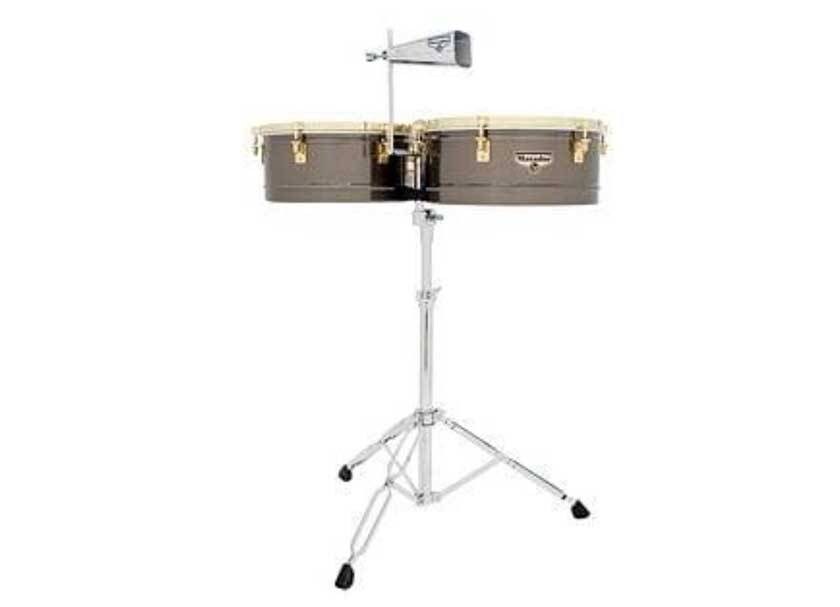
Timbales
Mr. Suzuki was a very friendly person and kindly agreed to the interview. Although I didn’t know much about percussion, I had the chance to hear stories about their tours in New York and Cuba. His playing style during the live performance was flashy and energetic that created a strong groove for Orquesta de la Luz. The audience was on their feet dancing the entire time. Amid the swirling clave rhythms, I captured the band and the audience becoming one with the energy of the moment. The desk staff praised the project as being fun and engaging.
After the concert, I accompanied the band members to Mr. Suzuki's family home in Toyoka Village, where we were treated to a hearty Japanese meal of "tororo rice" made by his mother. She also kindly cooperated for an interview.
In my bathroom at home, I still have a sticker from Orquesta de la Luz’s Cuba tour, which Suzuki san gave me.
One regret I have is that I didn’t get to interview the pianist Tetsu Shioya. I also wanted to speak with Carlos Sugano and Nora, but unfortunately, I couldn’t find the time and had to abandon that plan.
It wasn’t until 15 years later, when Carlos Sugano released a solo album, that I was finally able to interview him.
What Happened to Yoshirō Suzuki After the Interview
A few years ago, a special on Yosui Inoue was broadcast on the NHK program SONGS. Inoue was covering his own songs with a Latin touch, and the backing band was Orquesta de la Luz. As I focused my eyes on the monitor to see if I could spot Suzuki-san, I saw him energetically playing the timbales in the corner of the screen. I was filled with happiness and nostalgia, thinking, "He’s playing with so much energy!"
■ Recommended Album: Orquesta de la Luz – De la Luz (1990)
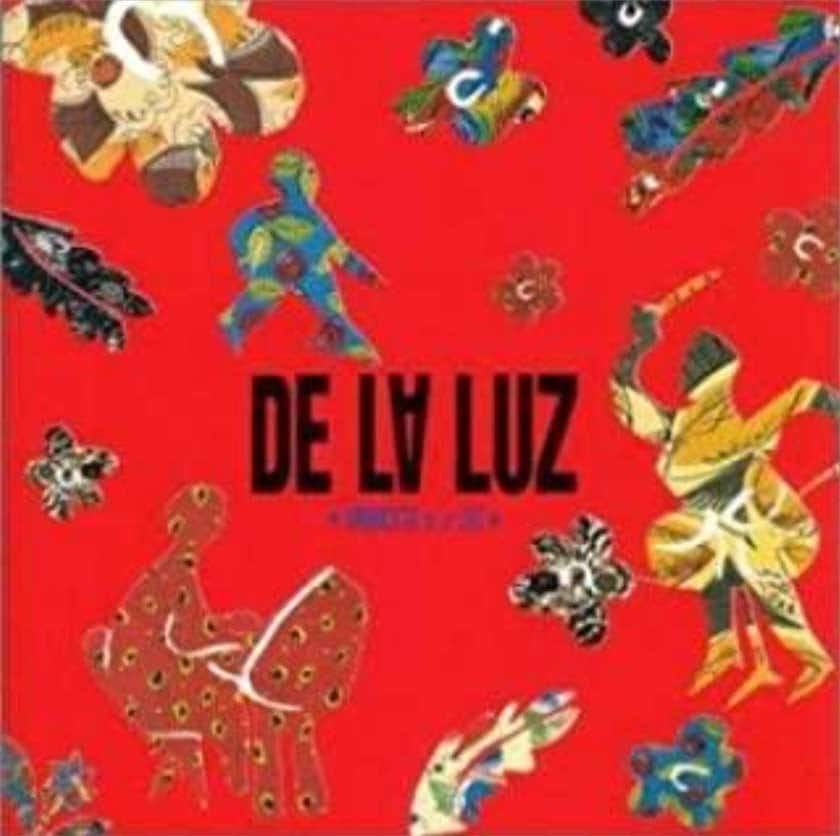
This historic debut album by Orquesta de la Luz was simultaneously released in Japan and the U.S. in 1990. The album achieved 11 consecutive weeks at number 1 on the Latin chart of Billboard magazine, and it gained high praise within the New York music scene. Additionally, the following year, it won the New York Critics' Circle Award for Best Album of the Year. It also received the Special Award at the Japan Record Awards, making it a monumental album.
Musically, it’s a well-rounded album with a cohesive feel, featuring easy-to-understand and catchy pop tracks. Many salsa albums from overseas often have only a few good tracks, with the rest being forgettable, but this album is filled with high-quality songs from start to finish. The great results it achieved on the Billboard Latin chart are a testament to this.
Recommended Track: "Salsa Caliente del Japón"
One of Orquesta de la Luz's most iconic songs, and undoubtedly one of their signature tracks. When you listen to this song, with its full-bodied clave groove, you can’t help but feel your hips start to move. The powerful rhythms played by Tetsu Shiotani on piano and the legendary percussionist Motoharu Ogimi, combined with multiple incredible vocalists, seem to light the way for the band's future.
Musicians, Albums, Recommended Tracks, and Equipment Featured This Time
- Artist: Orquesta de la Luz, Yoshio Suzuki
- Album: De La Luz
- Track: "Salsa Caliente del Japón"
- Equipment Used: Timbales, Acoustic Piano
⇨ SOUND HOUSE Piano/Synthesizer List
The “sound & person” column is made up of contributions from you.
For details about contributing, click here.











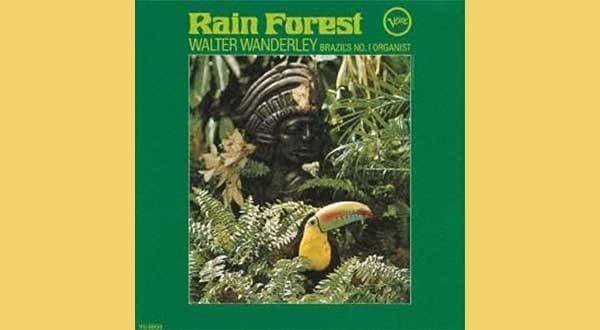
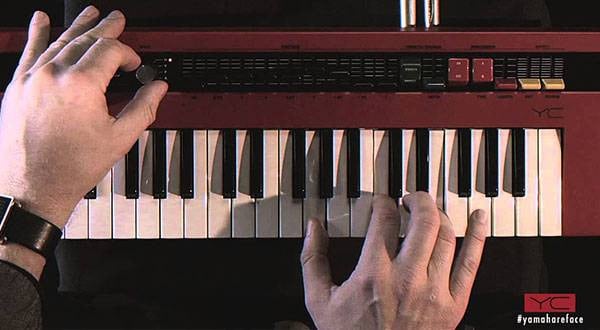
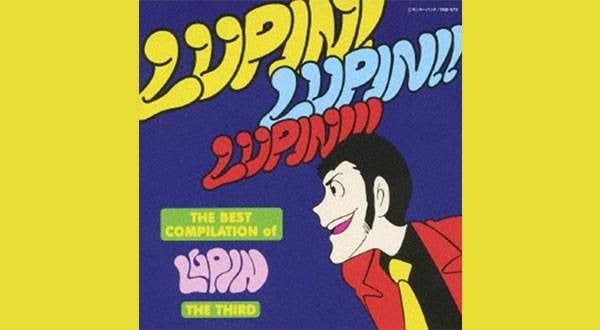
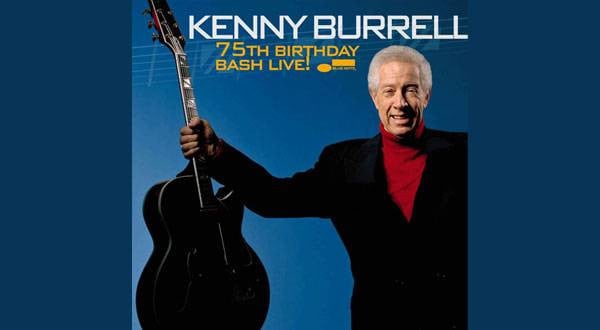
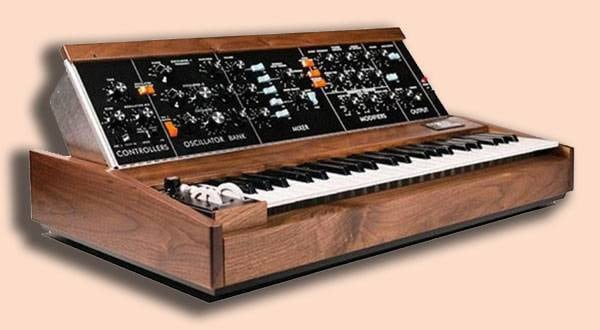
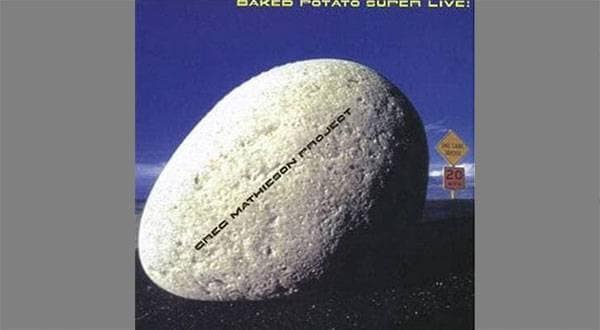
 YAMAHA YC61 特集
YAMAHA YC61 特集
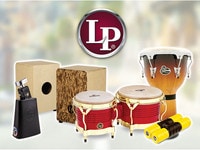 LP パーカッション
LP パーカッション
 超オススメのフレーズ道場 キーボード
超オススメのフレーズ道場 キーボード
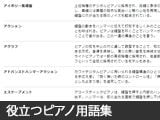 自分にあったピアノを選ぼう!役立つピアノ用語集
自分にあったピアノを選ぼう!役立つピアノ用語集
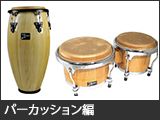 パーカッション編
パーカッション編
 キーボードスタートガイド
キーボードスタートガイド















